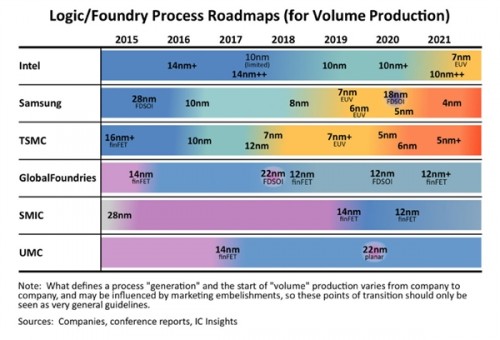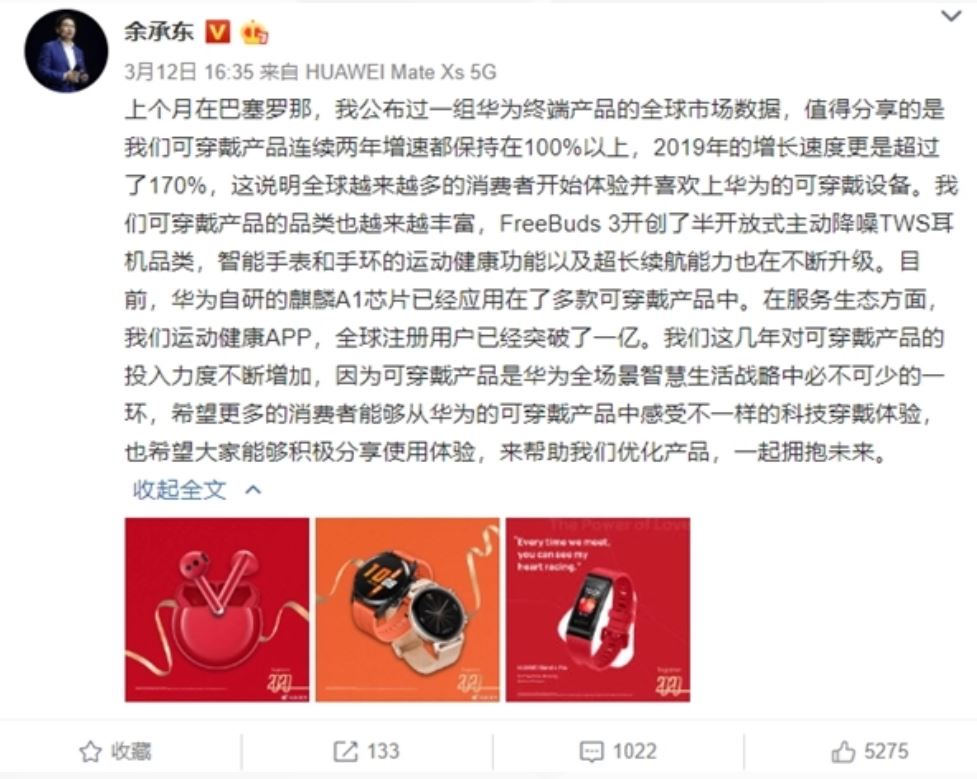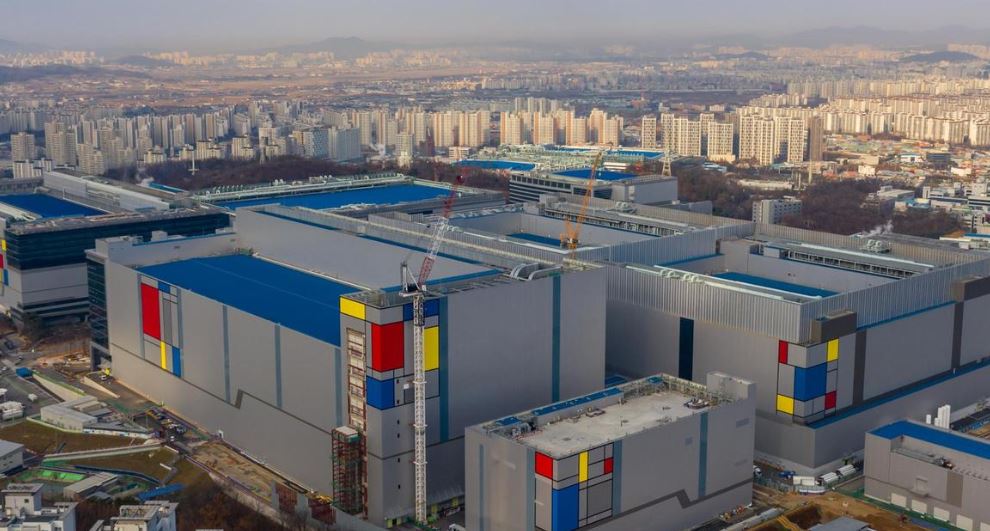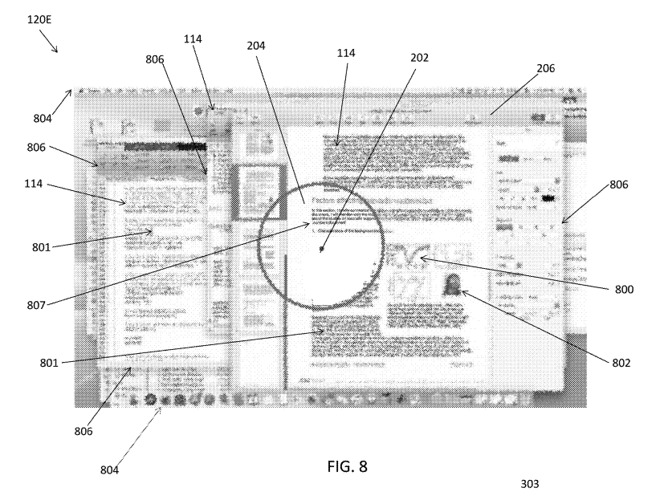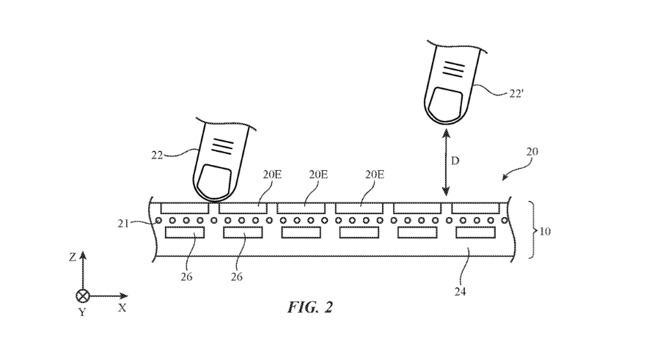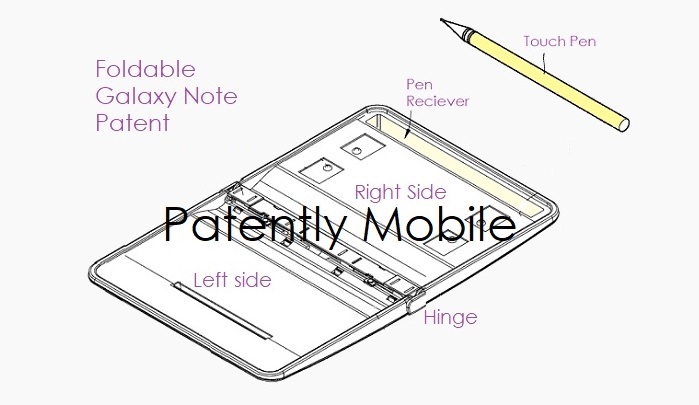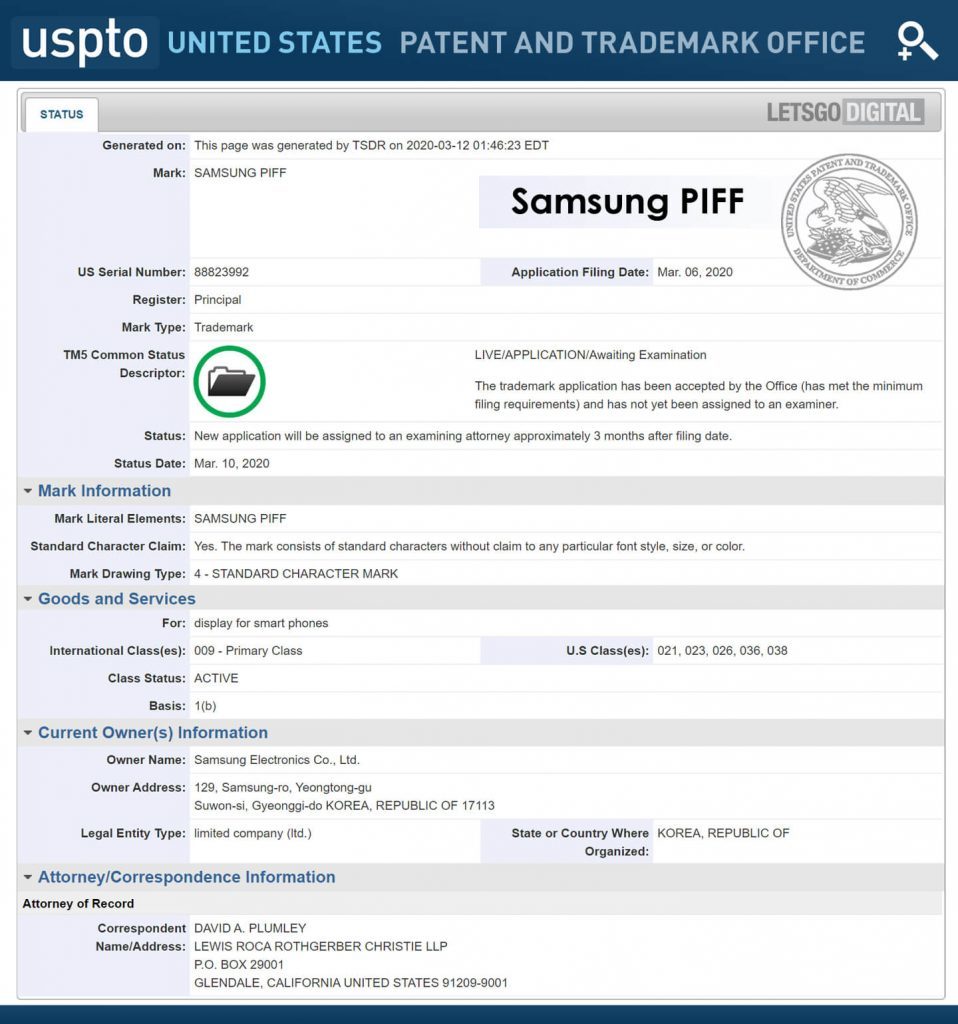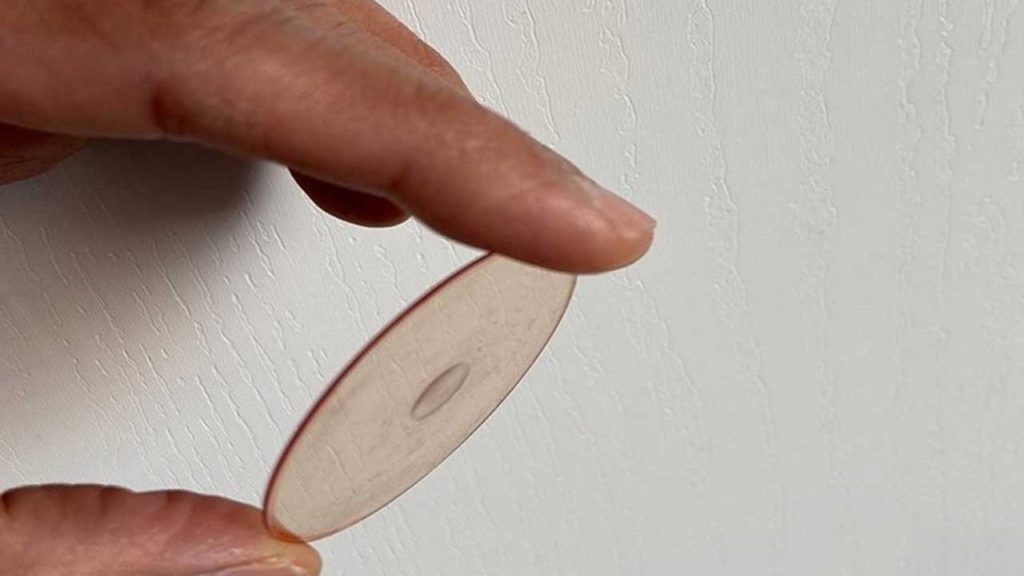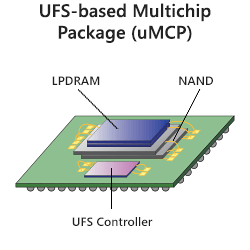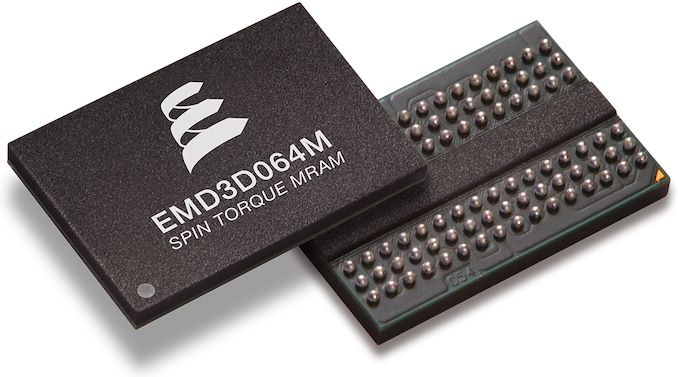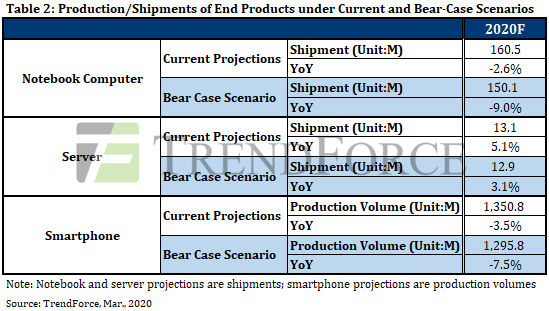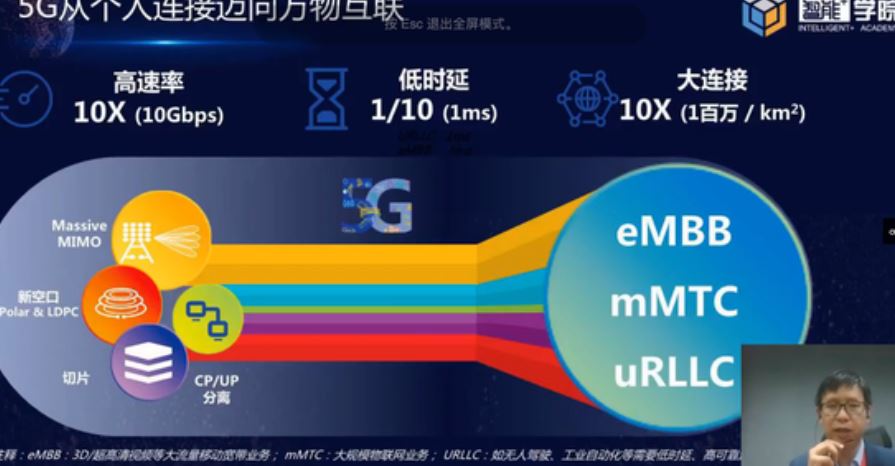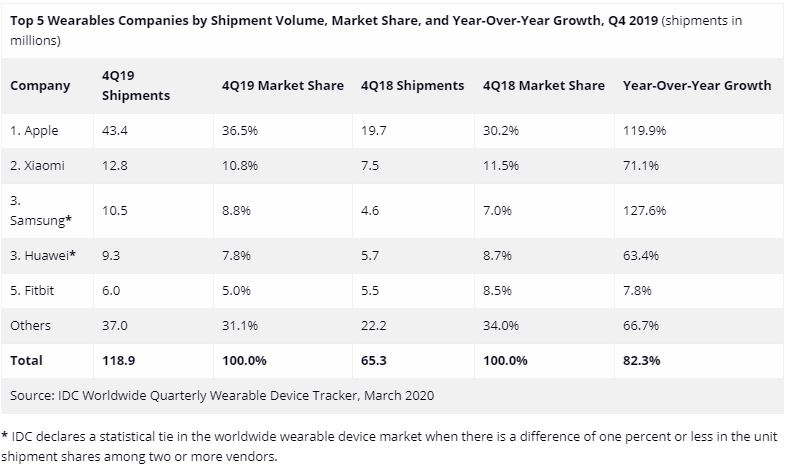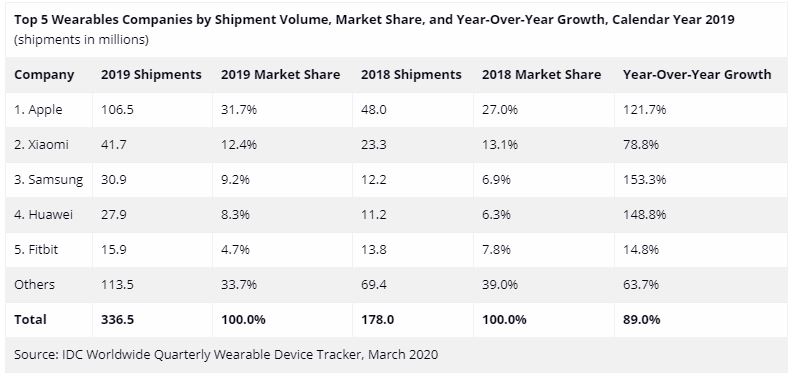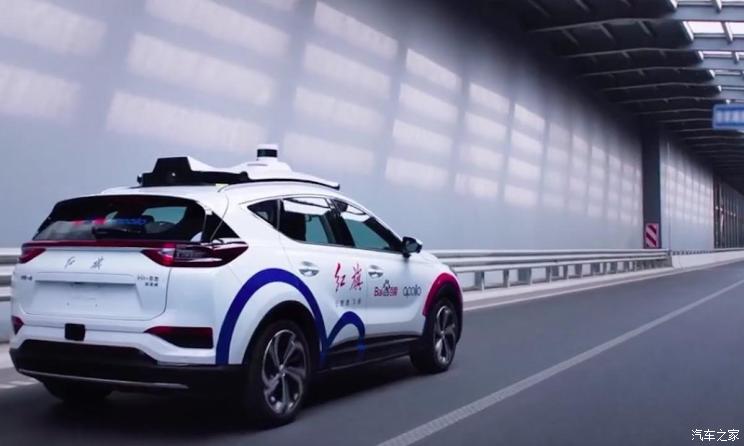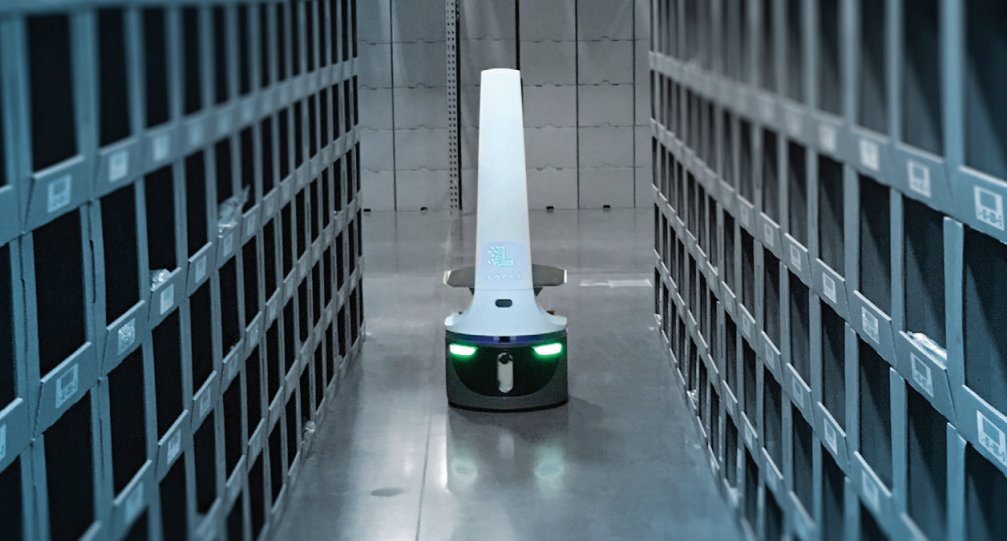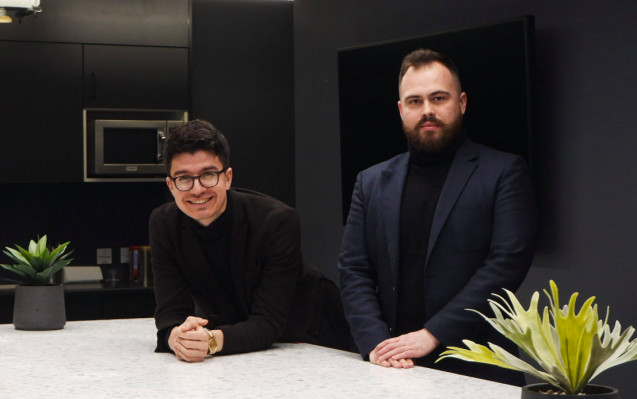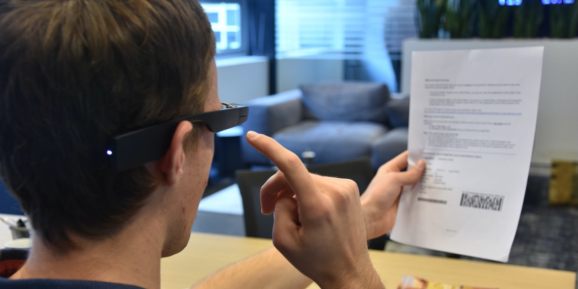
3-14: TSMC’s 5nm process is progressing smoothly and will be mass-produced in 1H20; Samsung Electronics has started investing in 5nm foundry lines; etc.
Chipsets
According to TSMC’s CEO and Vice Chairman, Wei Zhejia, the 5nm process is progressing smoothly and will be mass-produced in 1H20. It will produce 5nm chips for relevant customers at the Fab 18 factory. The 5nm process will reportedly contribute 10% of TSMC’s revenue in 2020. (GizChina, IT Home, Digitimes)
Richard Yu, CEO of Huawei’s Consumer Business has revealed that Huawei’s self-developed Kirin A1 chip has been used in many wearable products. In terms of service ecology, our sports health app has exceeded 100M registered users worldwide. (CN Beta, CN Techpost)
Samsung Electronics has started investing in 5nm foundry lines when it has been only one year since it developed 5nm process technology. Samsung Electronics and TSMS are the only companies in the world that developed 5nm foundry process technology and have started making investments. It has placed orders for necessary equipment from major semiconductor equipment makers and it is planning to set up a 5nm line inside of its foundry plant “V1” located within its Hwaseong Campus. (CN Beta, Sam Mobile, ET News)
Touch Display
Apple’s patent is titled “Gaze-Dependent Display Encryption” describes a solution that essentially detects what part of the screen you’re looking at and obscures the rest of the display. Only the display content that the user is actively viewing is recognizable and understandable and an onlooker such as an unwanted observer looking over the user’s shoulder is unable to understand what is displayed. (CN Beta, Android Authority, Apple Insider)
Apple’s patent shows that Apple is looking at ways of extending its Touch Bar concept. Users may be able to gesture above the bar with what Apple calls a “sensing strip” on MacBook Pro models. Its patent “Electronic Device with Sensing Strip” describes a notebook that might give new meaning to the name MacBook Air. (CN Beta, Patently Apple, Apple Insider)
Samsung has been granted their first patent for a future foldable version of their Galaxy Note smartphone. The patent illustrates the presence of a classic S-Pen, which would be stored inside a fixed unit in one of the cases of folding Galaxy Note. (GizChina, Patently Mobile)
Samsung has filed a trademark application with the US Patent And Trademark Office (USPTO) under something called “Samsung PIFF”. This trademark has also made an appearance on the World Intellectual Property Organization’s database and is categorized under Class 9. Under this, the only thing described in the patent is the simple term, “Display for smartphones”. (Gizmo China, LetsGoDigital, CN Beta)
Towards the end of 2019 LG Display (LGD) has started to supply Apple with 6.1” film-touch OLED flexible displays for its 2020 iPhone, and IHS Markit now says that these shipments propelled LGD’s OLED smartphone market share to 10.8% in 4Q19 (up from only 2.1% in 3Q19). In fact LGD now says that mobile OLED revenues make up for 36% of its total revenues in 4Q19. (OLED-Info, Pulse News, Laoyaoba)
Japan Display Inc (JDI) has agreed to raise funds of up to JPY100.8B from Ichigo Trust, an independent asset management company based in Singapore, for radical business restructuring in Jan 2020. Now, the two companies have agreed to receive additional support of JPY10B and increase the procurement amount up to JPY110B. (Laoyaoba, Teller Report)
Camera
Apple has reportedly tapped San Jose-based Lumentum to supply the VCSEL lasers that will power the “world-facing” 3D depth sensor in “at least one of 2020 iPhones”. The camera—actually a laser, sensor, and software system—emits light to measure the distance between the phone and various objects and surfaces in front of it. This detailed depth information will enable new photo and video effects, as well as better AR experiences. (Fast Company, iFeng, My Drivers)
University of Utah has developed a nanomaterial that can change light’s direction via a specific nanostructure while remaining perfectly flat. They say that the flat lens can drastically reduce the weight, complexity, and cost of cameras and other imaging systems. At the same time, the new flat lenses also increase the functionality of the cameras. The flat lens can maintain focus on objects that are about six meters apart from each other. The lens itself uses a nanostructure pattern on a flat surface. (Phone Arena, SlashGear, OSA, IT Home, Sohu)
Memory
Micron has announced that it has started sampling the industry’s first multichip package (MCP) that integrates LPDDR5-6400 DRAM and 96-layer 3D NAND flash memory. The uMCP5 device is aimed at midrange 5G smartphones that require fast DRAM as well as high-performance storage. (Laoyaoba, Micron, Anandtech)
GlobalFoundries and Everspin have announced that the two have extended their Spin-transfer Torque (STT-MRAM) joint development agreement (JDA) to 12LP (12 nm FinFET) platform. The extension will enable GlobalFoundries to produce discrete MRAM chips using their 12nm processes as well as to embed MRAM into chips designed for its 12LP manufacturing technology, which is being used for numerous applications. (CN Beta, AnandTech, Business Wire)
TrendForce initially forecasted a probable constant growth for DRAM and NAND Flash prices up to the end of the year, given that both products saw limited supply growth in 2020, at 13% and 32% YoY, respectively, in addition to the mostly low inventory levels maintained by DRAM and NAND Flash clients. As structural changes start to take place on the demand side, memory purchasers will exhibit a weakened readiness to raise inventory levels from the end of 2Q20 onwards, in turn affecting the price trend of memory products in 2H20. In terms of DRAM, the considerable preexisting gap between supply and demand is expected to persist even if demand drops. Thus, 2H20 DRAM prices will, at worst, exhibit limited growth rather than a decline. Unlike DRAM, there does not exist a similarly considerable shortage in the NAND Flash market. As well, client-side demand has started showing hints of downturn for 2Q20. If demand continues to fall, NAND Flash prices may be expected to take a quick nosedive in 2H20. (TrendForce, TrendForce, press)
Connectivity
vivo has launched 6G research and development to cope with new challenges brought by data explosion in the future. The head of vivo research institute Qin Fei has indicated that the company’s exploration of 6G is still at early stage. (Gizmo China, China.org, Sohu, Mobile World Live)
OnePlus has announced that the company is investing nearly USD30M to further its 5G research efforts, which the company said will focus on the scaling of 5G technology and on improving user experience. (CN Beta, VentureBeat, RCR Wireless, PR Newswire)
Yang Tao, President of the Marketing Department of Huawei China has indicated that There are 60-70 5G commercial networks globally. There should be 170 networks by 2020. It is expected that 5G will reach 500M users in just 3 years driven by the rapid commercialization of 5G network worldwide. (CN Beta, GizChina)
Phone
realme X50 Pro 5G is announced in China – 6.44” 1080×2400 FHD+ Super AMOLED 2x HiD 90Hz refresh 180Hz touch-sensing, Qualcomm Snapdragon 865, rear quad 64MP-12MP telephoto 2x optical zoom-8MP ultrawide-2MP depth + front dual 32MP-8MP ultrawide, 8+128 / 8+256 / 12+256GB, Android 10.0, under display fingerprint, 4200mAh 65W, CNY3,599 (USD515) / CNY3,899 (USD560) / CNY4,199 (USD600). (GSM Arena, CN Beta)
Redmi Note 9 Pro series is launched in India, features 6.67” 1080×2400 FHD+ IPS HiD, Qualcomm Snapdragon 720G, side fingerprint scanner: Note 9 Pro – rear quad 48MP-8MP ultrawide-2MP macro-2MP depth + front 16MP, 4+64 / 6+128GB, Android 10.0, 5020mAh 18W, INR12,999 (USD175) / INR15,999 (USD215). Note 9 Pro Max – rear quad 64MP-8MP ultrawide-2MP macro-2MP depth + front 32MP, 6+64 / 6+128 / 8+128GB, Android 10.0, 5030mAh 33W, INR14,999 (USD202) / INR16,999 (USD230) / INR18,999 (USD255). (GSM Arena, GSM Arena, CN Beta, Android Central)
nubia Red Magic 5G is announced – 6.65” 1080×2340 FHD+ Super AMOLED with 144Hz refresh rate , pressure sensitive zones and built-in cooling fan, Qualcomm Snapdragon 865, rear tri 64MP-8MP ultrawide-2MP macro + front 8MP, 8+128 / 12+128 / 12+256 / 16+256GB, Android 10.0, under display fingerprint, 4500mAh 55W, CNY3,799 (USD540) / CNY4,099 (USD585) / CNY4,399 (USD625) / CNY4,999 (USD712). (GSM Arena, CN Engadget, JRJ)
Wearables
The worldwide market for wearable devices grew 82.3% in 4Q19, reaching a new high of 118.9M devices shipped according to IDC. The stunning growth was largely due to the proliferation of hearables, which captured 55.3% of the entire market. Other popular categories that also experienced growth during the quarter included watches (15.3% year-over-year growth) and wrist bands (17.7% growth). Wrist-worn devices captured 43.8% of the total market, down from 68.6% last holiday season. For the entire year, vendors shipped a total of 336.5M wearable devices worldwide, resulting in an 89.0% increase from the 178.0M units shipped in 2018. (CN Beta, Android Headlines, IDC)
Augmented / Virtual Reality
Nreal unveils all-in-one Light enterprise AR headset in 4Q20. The company is temporarily referring to the device as the “All-in-One edition” or “Enterprise Edition”. Nreal is partnering with a company called Clay AIR, which makes a camera-based system for tracking gestures like pinching, pointing, grabbing, and swiping. (VentureBeat, Nreal, The Verge, Upload VR)
Netherlands-based startup Envision is debuting Envision Glasses, an AI-powered augmentation of Google Glass that can help visually impaired users “see” their environments. Envision Glasses are a complete solution, combining Google Glass Enterprise Edition 2 with OCR and computer vision software to identify what’s in the wearer’s environment, then speak it out loud using Glass’ built-in speaker. (CN Beta, 9to5Google, VentureBeat)
Augmented reality headset maker Magic Leap is allegedly seeking an acquirer. After raising over USD2B and being valued USD6B~8B back when it still had momentum, Magic Leap could fetch more than USD10B if it pursues a sale. (CN Beta, TechCrunch, Bloomberg)
Automotive
Baidu has celebrated the first spade cut of a Chongqing-based open testing base for autonomous vehicles jointly built with local government of Yongchuan district and Chongqing Academy of Metrology & Quality Inspection. Involving a total investment of CNY1B, the project is scheduled to set up an autonomous driving test base at Yongchuan district and establish there the Apollo self-driving testing operation hub. (My Drivers, TechWeb, Auto Home)
Robotics
In late 2018, DHL’s North American wing has announced its plan to invest USD300M in robotics and automation across 350 facilities. A partner since 2017, Locus Robotics is reaping some of that windfall. DHL this week committed to deploying a total of 1,000 LocusBots from the Massachusetts-based startup. (CN Beta, TechCrunch, DHL)
Artificial Intelligence
Insurance AI startup Synthesized has successfully raised USD2.8M in funding. The startup reduces friction on preparing all the data that’s needed to help insurer share data safely, while complying with regulations. (TechCrunch, Prolific London, Newsdio)
Bridge Biotherapeutics has announced that it would partner up with Atomwise, a U.S. drug development firm, to develop new drug candidates by using artificial intelligence (AI). The two companies will apply Atomwise’s AI technology to Bridge Biotherapeutics’ R&D know-how on a variety of target proteins. (Laoyaoba, Fierce Bio Tech, Korea Bio Med)
Unity has acquired AI game developer tools startup Artomatix. The Dublin startup builds developer tools that allow game studios to more easily create deep learning-enhanced textures that scale more convincingly. (TechCrunch, Unity)
